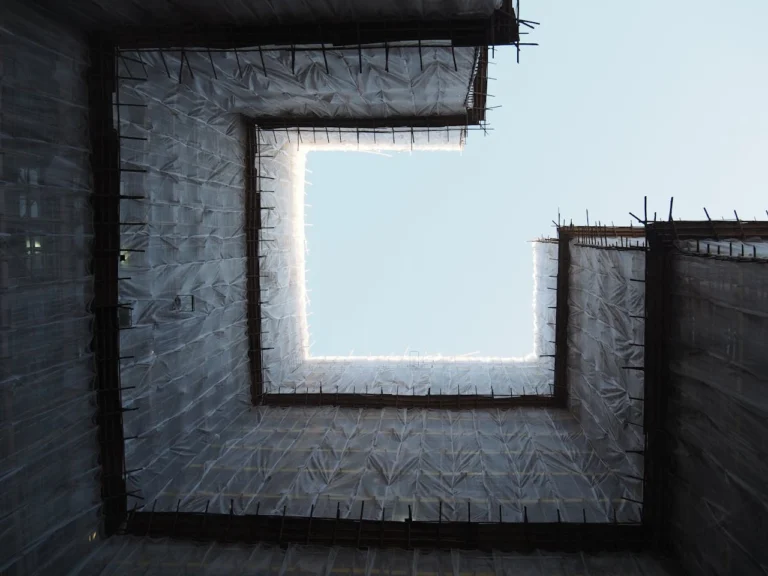
On December 18, after three years of construction, with the investment of China Railway Southern Investment Group, and the participation of China Railway No.2 Group, China Railway No.8 Engineering Group, China Railway Beijing Engineering Group and China Railway Academy Co,.Ltd., Hainan’s round-the-island tourist highway , known as “National Coast No.1 Scenic Road”, was officially opened to traffic to improve the layout of Hainan’s tourist road network and enhance the development of tourism resources along the line. Accelerating the construction of Hainan Free Trade Port has injected strong new momentum.
Hainan’s round-the-island tourist highway is a major infrastructure project aimed at building the Hainan Free Trade Port and establishing an international tourism consumption center. The highway stretches through 12 coastal cities and counties, including Haikou, Wenchang, and Qionghai. The main line covers a total distance of 988 kilometers, comprising 453 kilometers of newly built and reconstructed sections, 535 kilometers of utilized sections, and 90 kilometers of newly built and reconstructed connecting lines, branch lines, and fishbone lines. China Railway No.2 Group and China Railway Beijing Engineering Group are responsible for constructing the Wenchang Section, Changhua Section, and Zhubijiang Section of the entire route, which spans across Wenchang, Qionghai, Dongfang, Changjiang, and Danzhou, with a combined length of approximately 218 km. Meanwhile, China Railway No.8 Engineering Group is in charge of constructing the ancillary works along the highway and managing the housing construction of eight maintenance work areas. The Southwest Institute of China Railway Academy primarily focuses on the bridge construction monitoring and load testing of Changhua River Bridge and Zhubi River Bridge, which are key control projects for the line. This project presents unique challenges such as its long line, complex construction organization, high susceptibility to typhoons during the flood season along the coast, and stringent environmental protection requirements in the sea area.
Throughout the construction process, CREC adhered to the concept of ecological priority and green development. The construction of the most beautiful tourist highway was guided by the objectives of creating an “ecological road, scenic road, cultural road, and intelligent road.” When the line crossed key ecological protection control areas such as the Changhua River, Zhubi River, and Haiwei Wetland Park, CREC took measures to minimize the impact of construction on wetland birds and the natural environment. Construction vehicles were prohibited from whistling, and high-noise construction was avoided during mornings, evenings, and noontime hours in accordance with bird activity patterns. To prevent the discharge of pollutants, sediment separators were used in bridge pile foundation construction. This reduced the time required for hole cleaning during pile foundation construction, significantly improved the reuse rate of waste mud, and decreased the volume of waste mud that needed to be exported.
The project team has effectively utilized “BIM intelligent construction technology” and “UAV aerial survey technology” to achieve precision in their work. By combining digital design with refinement, they have been able to construct concrete ditches using an automatic slipform machine. The finished products exhibit a smooth appearance, and the strength and structural size meet the design requirements. This approach has resulted in reduced construction costs and minimized environmental pollution. Moreover, it has achieved a high degree of integration between intelligent construction and green construction sites.





